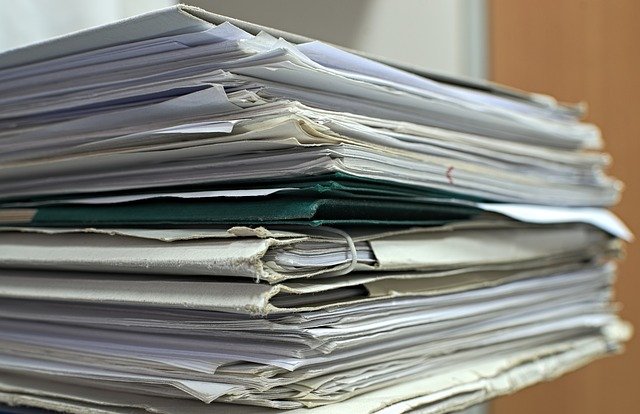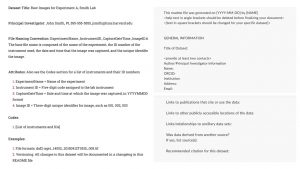3. Describing research data (documentation, metadata)

From the beginning of the research project a careful description of research data is important. It ensures the comprehensibility of the research data both for yourself and for others. It also decreases the risk of false interpretation and significantly promotes the findability and reusability of your data. Without proper description, research data are just a collection of random files, numbers, and characters, which can make it difficult to use and reuse the data. Describing research data is therefore key to implementing the FAIR principles in practice.
Investing time in describing your data during the research project will also save time when you are publishing the dataset. Sharing the descriptive information is always recommended to increase the visibility of the research, even in situations where the research material itself cannot be opened for some reason.
Descriptive metadata can be generated automatically, for example from the instruments used, but in all research, metadata must be actively planned and created. Descriptive information can be recorded in laboratory or research notebooks, systematically compiled files and directories, or informal notes.

To consider
- What does documentation mean in your field?
- How do you document your research data?
- What kind of metadata do you need during an after your research project?
- How would you describe the basic information of your research data in a README file?
Watch the video
Metadata is crucial for the findability of data: The Elements of FAIR – Findable, CSC (8:49).
In brief
Good data description includes concise information on
- the context of data collection (e.g., project aim and objectives)
- data collection methods (e.g., sampling, data collection process, instruments, hardware and software used)
- structure of data files
- quality assurance procedures carried out
- version control
- information on access and use conditions or data confidentiality
- names, labels and descriptions for variables, records and their values
- explanation or definition of codes and classification schemes used
- definitions of specialist terminology or acronyms used
- codes of, and reasons for, missing values.
(2025-08)
 Previous: 2. Collecting and Using Data
Previous: 2. Collecting and Using Data
Next: 4. Data storage, backup and sharing during a research project 
